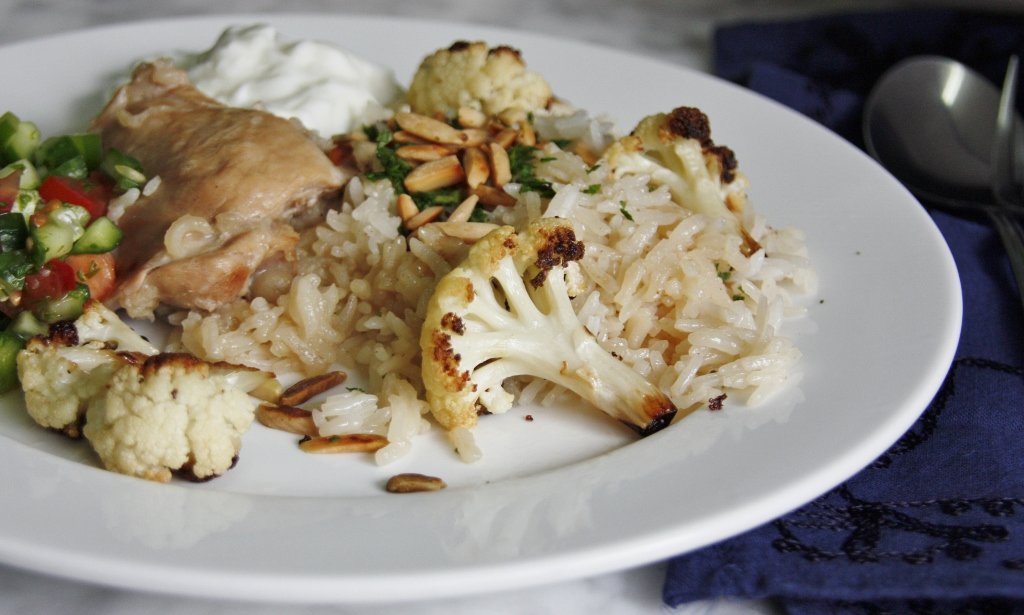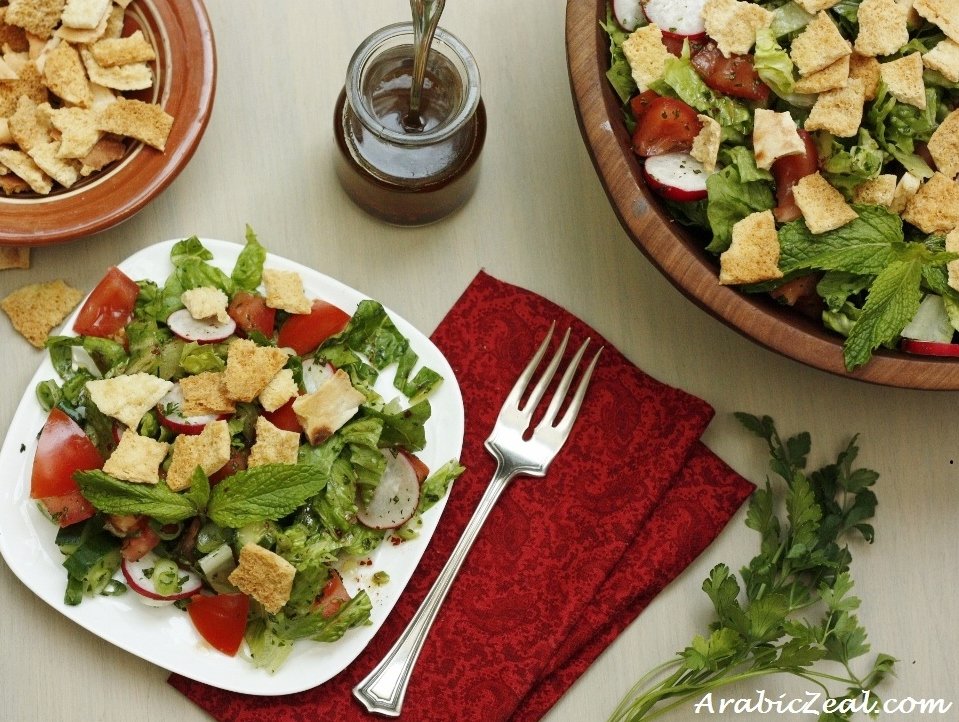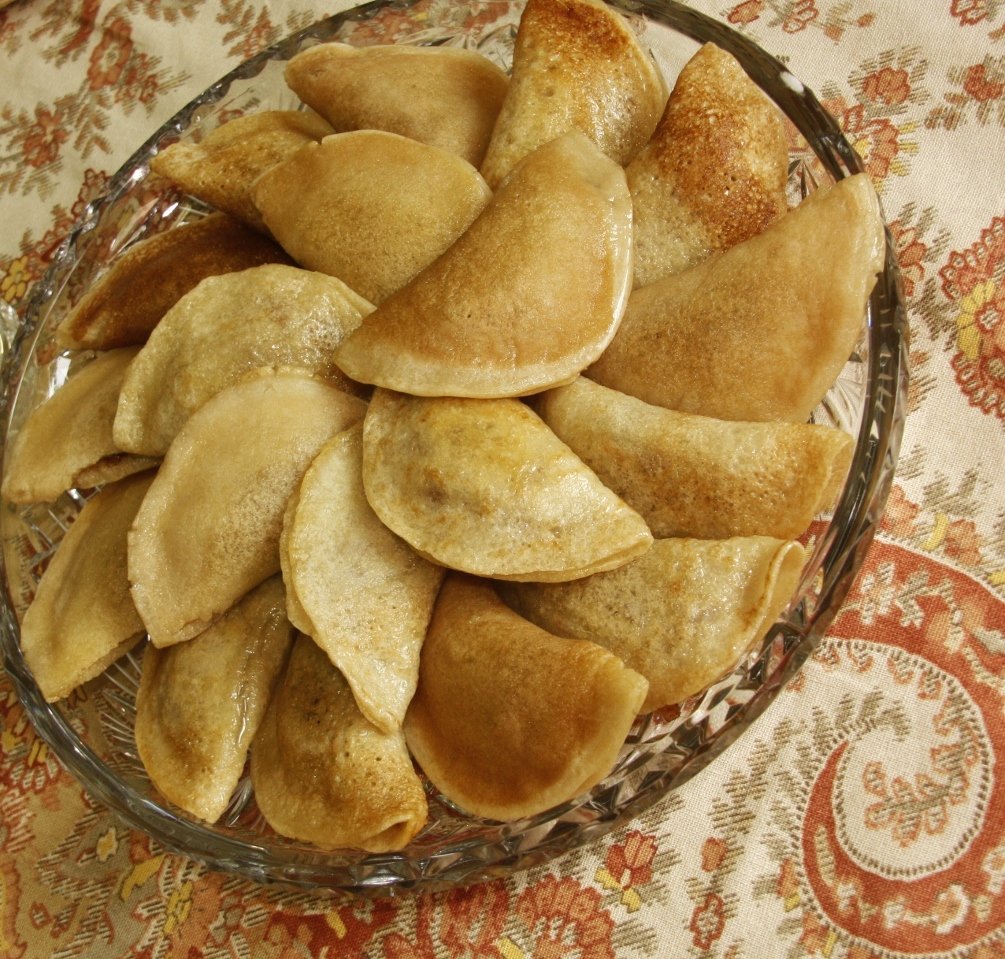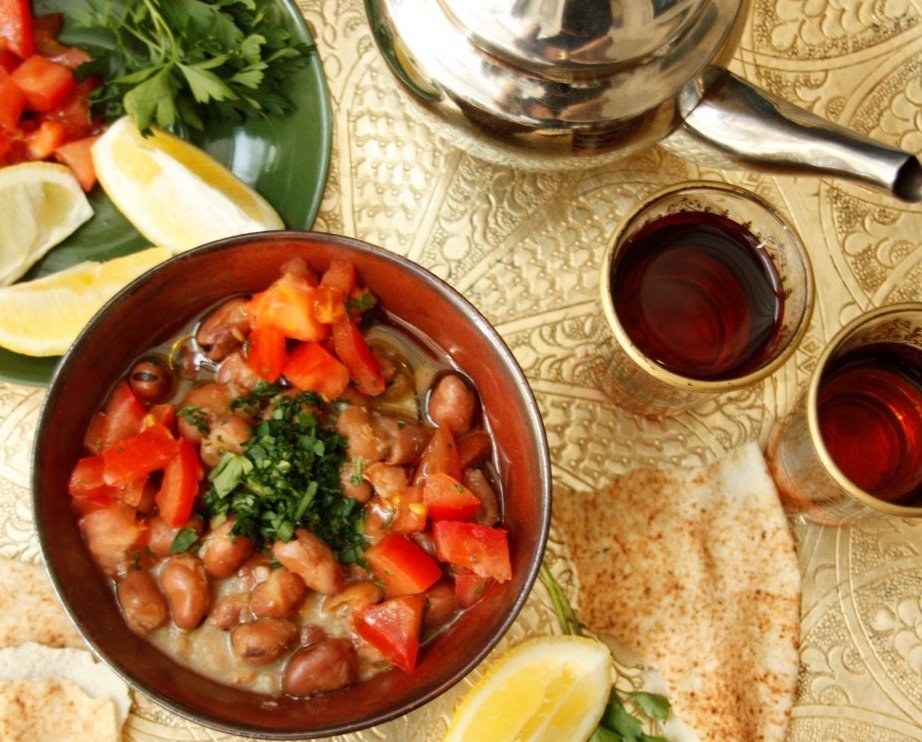My Favorite Ramadan Recipes
 There are certain recipes I turn to every Ramadan. For example, nearly every iftar during the holy month, we sit down to this easy Lentil Soup. This has been a tradition at our house for several decades. However, I have recently improved this recipe by adjusting the seasonings and the method. Meanwhile, another flavorful soup we eat during Ramadan is Moroccan-style Lentil Soup with Chickpeas, a good soup when I’m looking for something hearty.
There are certain recipes I turn to every Ramadan. For example, nearly every iftar during the holy month, we sit down to this easy Lentil Soup. This has been a tradition at our house for several decades. However, I have recently improved this recipe by adjusting the seasonings and the method. Meanwhile, another flavorful soup we eat during Ramadan is Moroccan-style Lentil Soup with Chickpeas, a good soup when I’m looking for something hearty.
As for main courses, a Ramadan favorite at our house is the Palestinian dish Maqluba, which means “upside down” in Arabic. It’s prepared in a layered pot—chicken, rice and cauliflower simmered on the stove and served with yogurt on the side and a simple Arabic salad. We traditionally eat this dish on the first day of Ramadan, as we did this year. I plan to prepare it several more times before the month is over.
For a terrific side dish during Ramadan, I’m preparing Fattoush, a hearty peasant salad from the Levant. It’s super-healthy, as it’s loaded with various greens and veggies and prepared with an olive oil dressing. The salad is topped with toasted Arabic bread pieces, which is what makes it fattoush.
As for sweets, our favorite Ramadan indulgence is ‘Atief. There are endless ways to fill and prepare these little pancakes. My method is to stuff them with walnuts and bake them. This makes for a filling sweet which can be served as dessert or as a suhoor snack. I prepare ‘atar scented syrup to pour over top.
A more traditional dish for suhoor, the pre-dawn meal during Ramadan, is Ful, an Egyptian fava bean breakfast, which is filling and nutritious. Also, at some point I will prepare Hummus, which can be made in advance and served at both iftar and suhoor.
Finally, I’d like to wish you all a blessed Ramadan.
Question: What are your favorite Ramadan foods?






